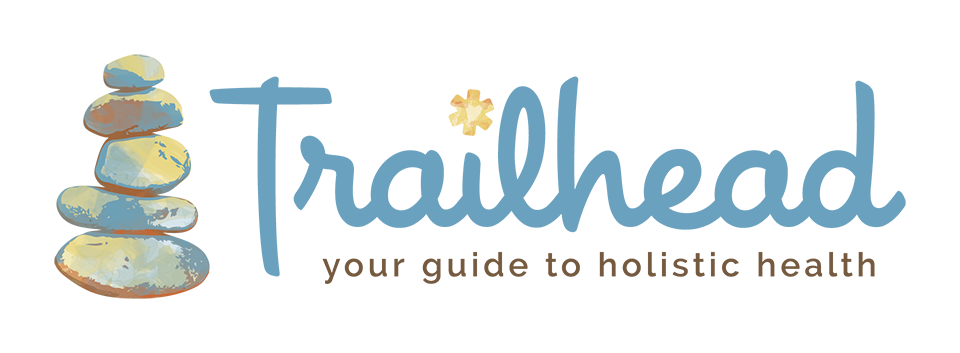Biofeedback
Biofeedback - Introduction
-

DEFINING BIOFEEDBACK
WHAT IS IT? Biofeedback is a process that enables an individual to learn how to change physiological activity for the purposes of improving health and performance. Precise instruments measure physiological activity such as brainwaves, heart function, breathing, muscle activity, and skin temperature. These instruments rapidly and accurately 'feed back' information to the user. The presentation of this information—often in conjunction with changes in thinking, emotions, and behavior—supports desired physiological changes. Over time, these changes can endure without continued use of an instrument.
Biofeedback is a process that enables an individual to learn how to change physiological activity for the purposes of improving health and performance. Precise instruments measure physiological activity such as brainwaves, heart function, breathing, muscle activity, and skin temperature. These instruments rapidly and accurately 'feed back' information to the user. The presentation of this information—often in conjunction with changes in thinking, emotions, and behavior—supports desired physiological changes. Over time, these changes can endure without continued use of an instrument.
- (Consensus definition, 2008 - Association for Applied Psychophysiology and Biofeedback (AAPB), Biofeedback Certification International Alliance (BCIA), and the International Society for Neurofeedback and Research (ISNR))
Simply explained, Biofeedback is a technique that uses simple electronic devices to teach clients how to consciously regulate bodily functions, such as breathing, heart rate, and blood pressure, to improve overall health. When we become aware of these unconscious / subconscious physiological changes within our body under different circumstances, we can then train ourselves to control them and modify them. The ability to be able to do this, is sometimes generally referred to as “New Cognitive Learning Skill,” “Behavioristic Conditioning” or simply a
“Mind-Body" technique.
-

The 5 physiological responses generally / most commonly measured during a Biofeedback session
 The 5 physiological responses generally / most commonly measured include:
The 5 physiological responses generally / most commonly measured include:- Brainwaves
- Heart function
- Breathing
- Muscle Activity
- Skin temperature
